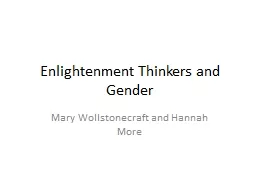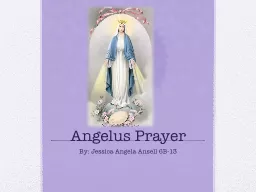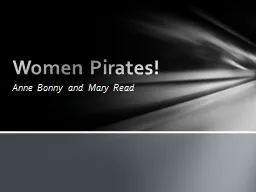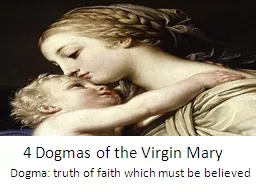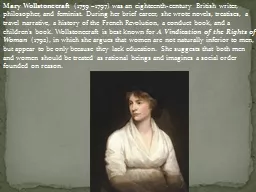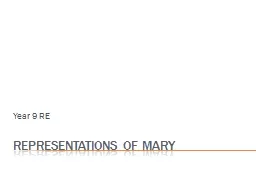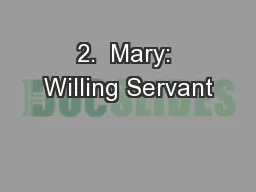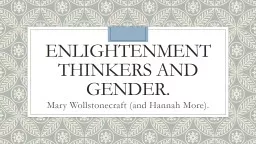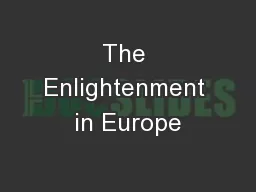PPT-Mary Wollstonecraft
Author : celsa-spraggs | Published Date : 2016-10-31
27 April 1759 10 September 1797 Aim To understand contextual information regarding Mary Shelleys mother and the rights of women at the time What rights did women
Presentation Embed Code
Download Presentation
Download Presentation The PPT/PDF document "Mary Wollstonecraft" is the property of its rightful owner. Permission is granted to download and print the materials on this website for personal, non-commercial use only, and to display it on your personal computer provided you do not modify the materials and that you retain all copyright notices contained in the materials. By downloading content from our website, you accept the terms of this agreement.
Mary Wollstonecraft: Transcript
Download Rules Of Document
"Mary Wollstonecraft"The content belongs to its owner. You may download and print it for personal use, without modification, and keep all copyright notices. By downloading, you agree to these terms.
Related Documents



